Word:lmr5juai118= Read: Transforming Digital Reading in the Modern Age
In today’s fast-paced world, the simple act of reading has evolved beyond the traditional confines of paper and ink. Whether it’s scanning through an e-book on a tablet or absorbing news on a smartphone, reading remains a fundamental skill that’s continuously adapting to modern technology. As screens become the primary medium, understanding how digital reading impacts comprehension and retention is crucial.The transition from print to digital hasn’t just changed the way people consume information; it’s also reshaped how they engage with content. With the abundance of information available online, readers must develop new strategies to sift through and prioritize what’s essential. This shift presents both challenges and opportunities, as individuals seek to enhance their reading skills in an ever-connected world. Embracing these changes means not only adapting to new formats but also leveraging them to become more informed and efficient readers.
Word:lmr5juai118= Read
Word:lmr5juai118= Read relates to the evolving practices in digital reading. This term indicates the intersection of technology and reading habits. In digital reading, users interact differently with text compared to traditional print. Devices offer features like hyperlinks, multimedia elements, and interactive content. These features alter how information is processed and understood. Digital formats present both benefits and challenges to comprehension. Studies suggest on-screen reading can affect focus and retention, presenting a different cognitive load.

The transition to digital reading fosters new learning techniques. It’s essential for readers to utilize tools like annotation apps, bookmarking, and e-readers to manage large digital texts. Efficient navigation through digital content helps balance the cognitive challenges it presents. As digital reading continues to evolve, understanding its impacts and leveraging its advantages becomes crucial to proficient information consumption in the modern world.
Interfaces are designed to be intuitive and user-friendly. They often include streamlined navigation tools, such as search functions and organized content layouts. These elements help users quickly find and access the information they need. Platforms like e-readers and digital libraries prioritize minimalism to reduce distractions.
Performance and Usability
Digital reading platforms offer improved performance and usability, aligning with modern readers’ needs. These advancements ensure efficient access and interaction with digital content.

Speed and reliability are critical in digital reading platforms. Fast loading times enhance user experience by minimizing wait times and keeping readers engaged. Platforms like Amazon Kindle and Google Play Books prioritize reliable access, ensuring content is available even during offline browsing. Regular updates and server maintenance further ensure platform stability and smooth operation.
Device compatibility extends the usability of digital reading platforms. Popular platforms work seamlessly across multiple devices, including smartphones, tablets, and e-readers. This interoperability allows users to switch devices without losing progress, promoting continuity in reading. Cross-platform sync features, for instance, let users maintain annotations and bookmarks, enhancing their reading experience across different interfaces.
Pros and Cons
Digital reading offers various benefits and challenges as users navigate this modern landscape. Understanding these aspects helps in maximizing the effectiveness of digital reading platforms.

Digital reading provides accessibility and convenience. Users can access a vast range of literature and information instantaneously through their devices. Features like text-to-speech aid those with visual impairments, while customizable fonts and screen brightness settings enhance readability.
Cost-effectiveness is another benefit—digital formats often cost less than print versions. Instant access to updates ensures users have the latest content without additional purchases. Furthermore, e-readers and apps eliminate physical storage needs, offering portability with extensive libraries stored effortlessly.

